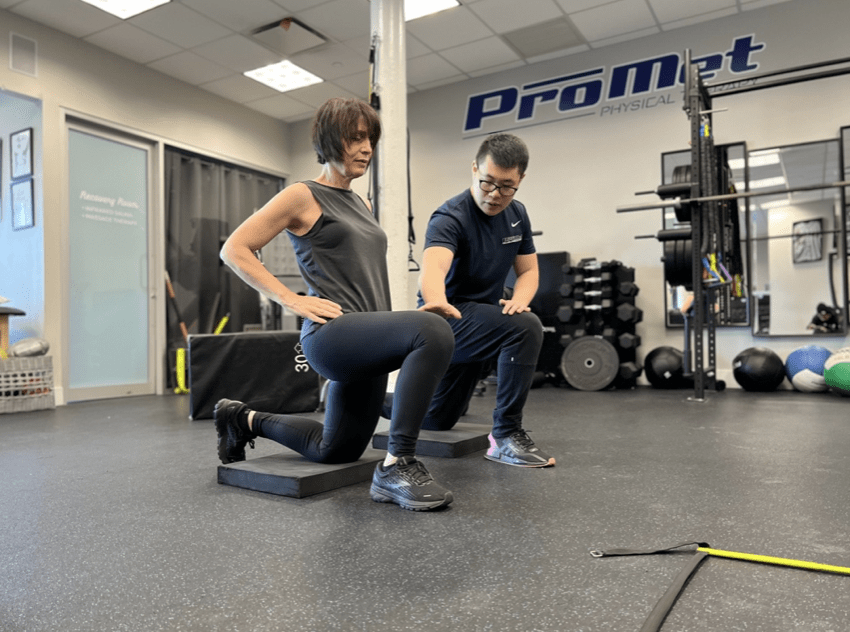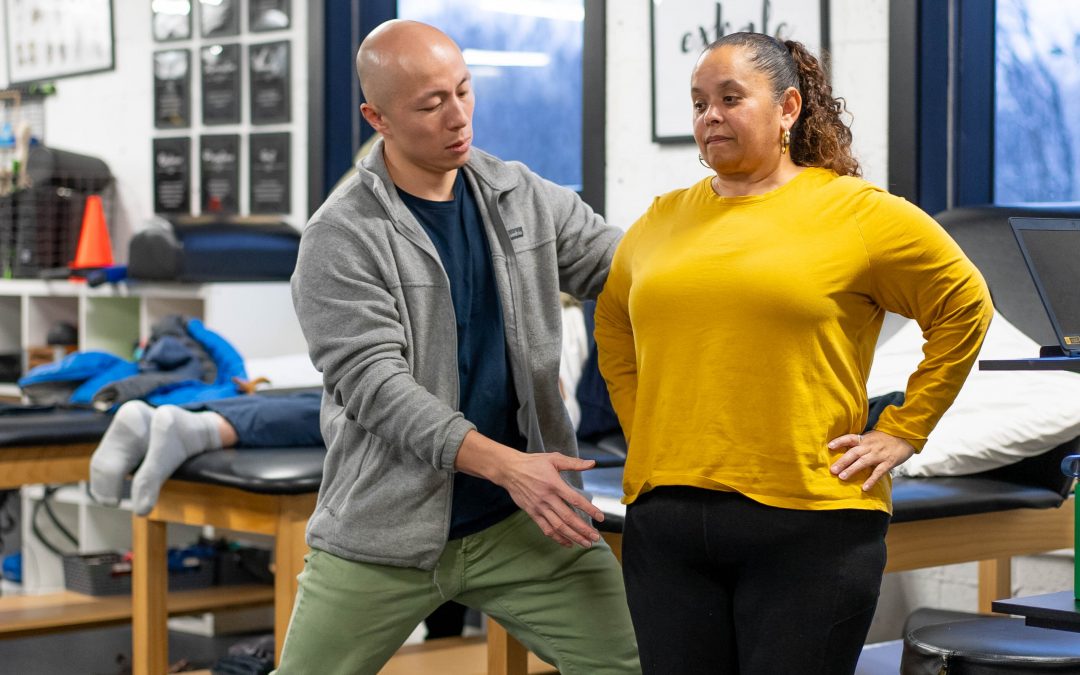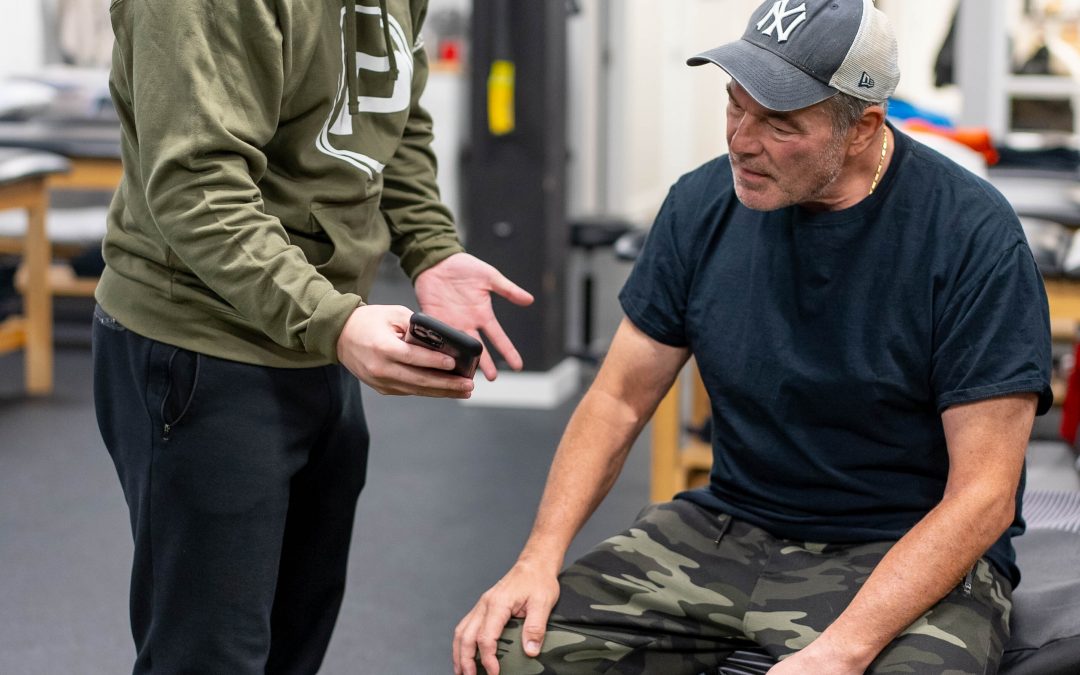Menopause has an adverse impact on overall musculoskeletal health. It is associated with osteoporosis, osteoarthritis, and sarcopenia. Sarcopenia is a term used to describe age-related muscle wasting and loss of muscle function. Women beyond 5 years of menopause, those with late menarche, and those having an early menopause, are all at higher risk of musculoskeletal disorders. Estrogen is important in a female body’s skeleton and connective tissues in general. Estrogen deficiency around menopause is bound to cause adverse effects on the health of bones, muscles, ligaments tendons collagen, cartilage, synovial membrane, and capsule of joints. Estrogen acts directly and indirectly on muscle and contributes to the pathogenesis of sarcopenia. Other factors which contribute to the development of sarcopenia are increased inflammatory activity, oxidative stress, mitochondrial dysfunction, increased apoptosis, reduced physical activity, and impaired nutrition. Poor musculoskeletal health has a multifactorial etiology, but hormones play a major role.
After 50 years of age, approximate muscle loss can be expected to be 1–2% per year. The prevalence of sarcopenia in women increases around the age of 50, whereas in men the prevalence increases at the sixth decade. Postmenopausal women have large amount of non-contractile muscle tissue, such as intramuscular fat, compared to younger women. Typically, patients complain of difficulty in rising from a chair, climbing up and downstairs, and regaining lost balance. It is difficult for them to walk on uneven surfaces.

What can be done to manage musculoskeletal symptoms related to menopause?
Lack of awareness about musculoskeletal disorders and their serious consequences is a major hurdle in the implementation of strategies. Focusing on preventive care is the most effective way to reduce the burden. Healthy nutrition strategies, encouraging protein-rich food and a balanced diet, high calcium-containing food items, nutritional supplements including vitamin D supplements, practicing regular aerobic and resistance exercise, and promoting healthy lifestyle, are measures to be undertaken. A nutritional intervention like adequate protein and energy intake, nutrients supplements especially vitamin D supplementation is recommended. Aerobic exercises and resistance exercises are also recommended. Aerobic exercise improves muscle protein synthesis and muscle quality. It also reduces intramuscular fat. Resistance exercise training improves muscle mass and strength and attenuates the development of sarcopenia. Research has shown that progressive resistance therapy 2–3 times per week is beneficial when it comes to the management of signs and symptoms.
At ProMet Physical Therapy, we understand the importance of movement and can tailor exercise programs to your individual needs. If you are someone or know of someone experiencing menopause-related signs and symptoms and want to introduce more physical activity into your life, we can help you out with that. Call today to schedule your appointment at one of our locations!



